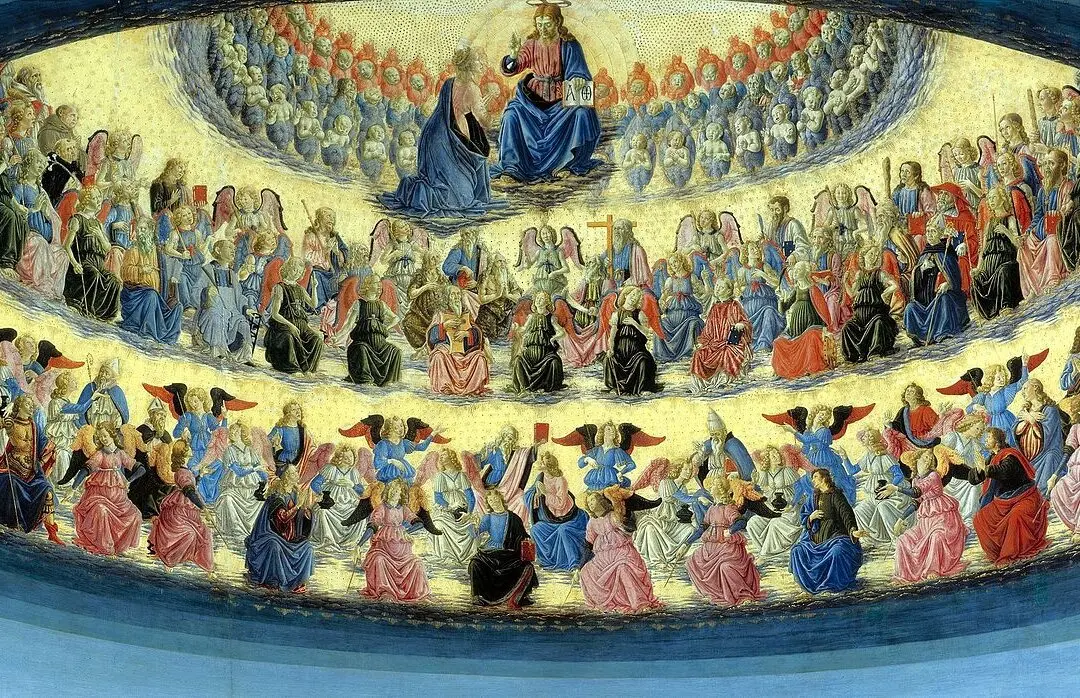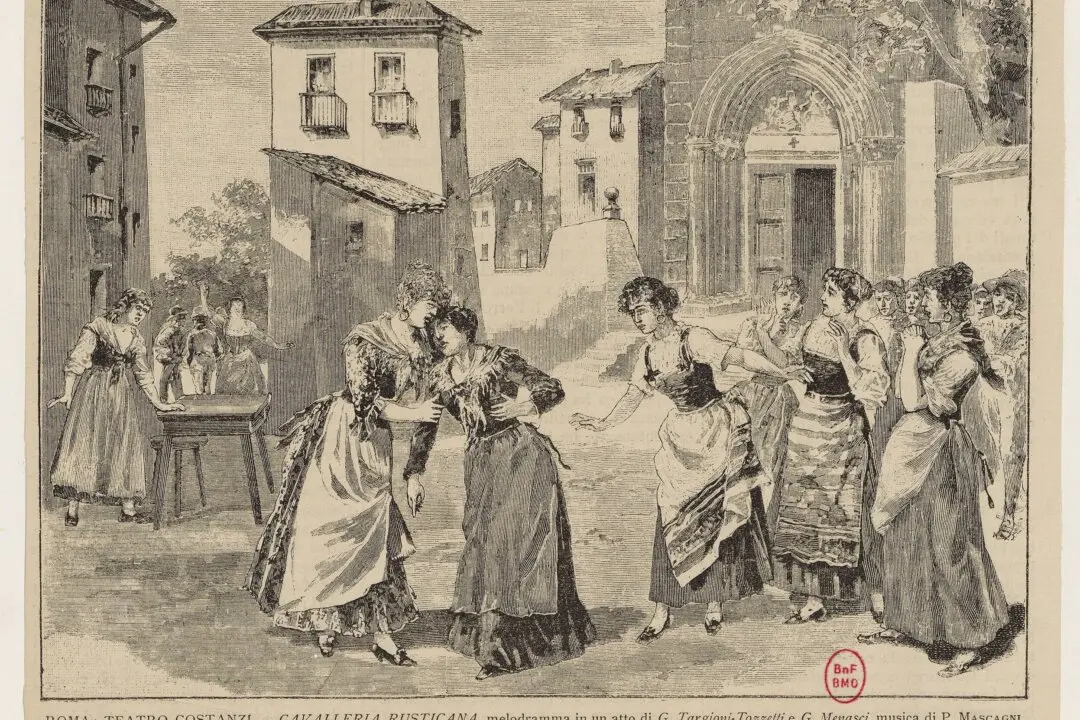Beethoven’s Symphony in C minor, Op. 67 holds the honor of being, arguably, the most recognized symphony in the canon and, possibly, the most recognized single piece of classical music ever composed. Often simply called “Beethoven’s Fifth Symphony,” it is sometimes enough just to say “The Fifth Symphony” to conjure the distinctive four-note motif that opens the score. Composers before Beethoven and composers after him wrote fifth symphonies. But Beethoven wrote THE Fifth Symphony.
Beethoven composed his fifth and sixth symphonies side-by-side from 1804 to 1808. They were both premiered as part of the same massive program on Dec. 22, 1808, in Vienna, a concert that also included the composer’s Fourth Piano Concerto, the “Gloria” from his Mass in C, the “Choral Fantasy” (which anticipated the finale of the Ninth Symphony) and Beethoven’s improvisations at the piano. Surely if a classical music-lover could choose one concert to attend via time travel, Dec. 22, 1808, would be high on the list.






